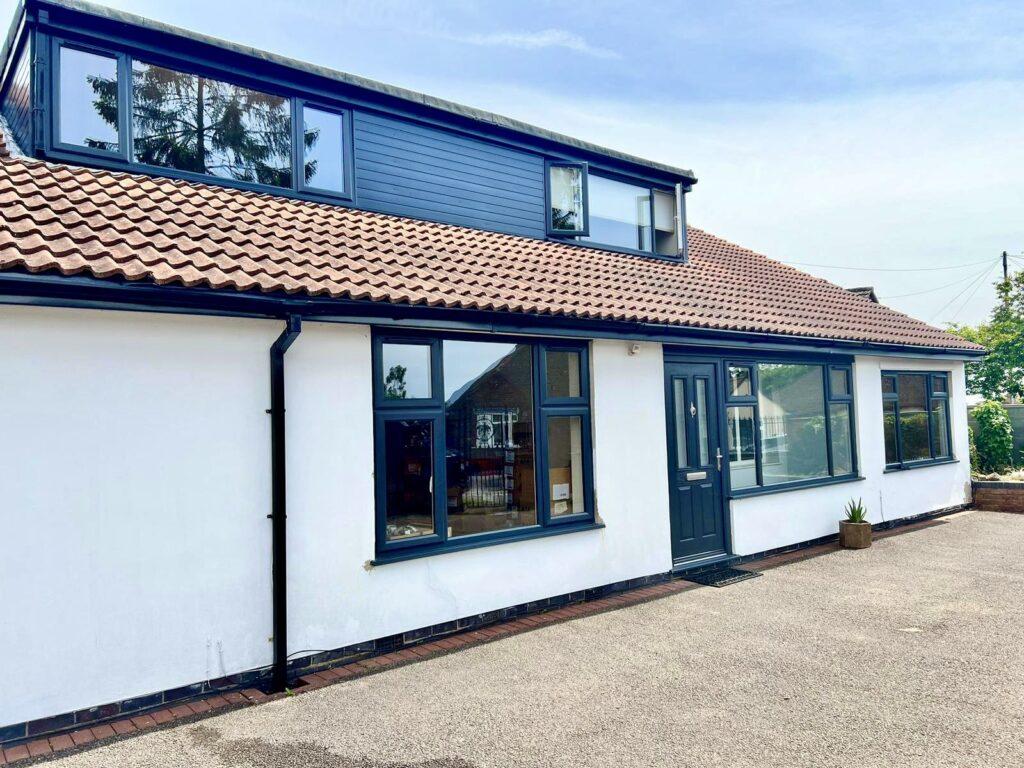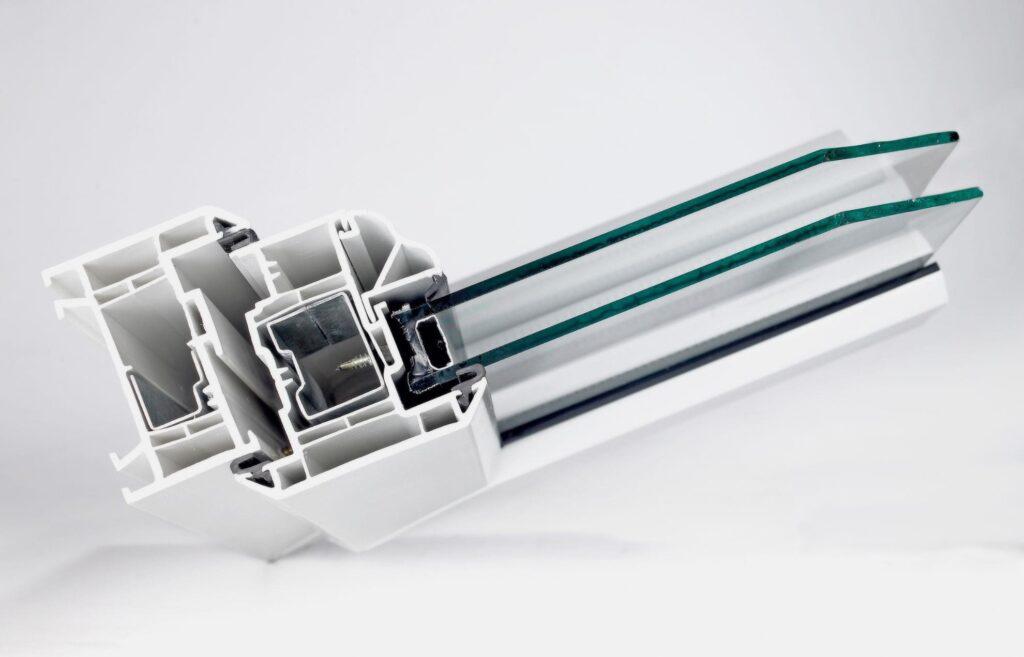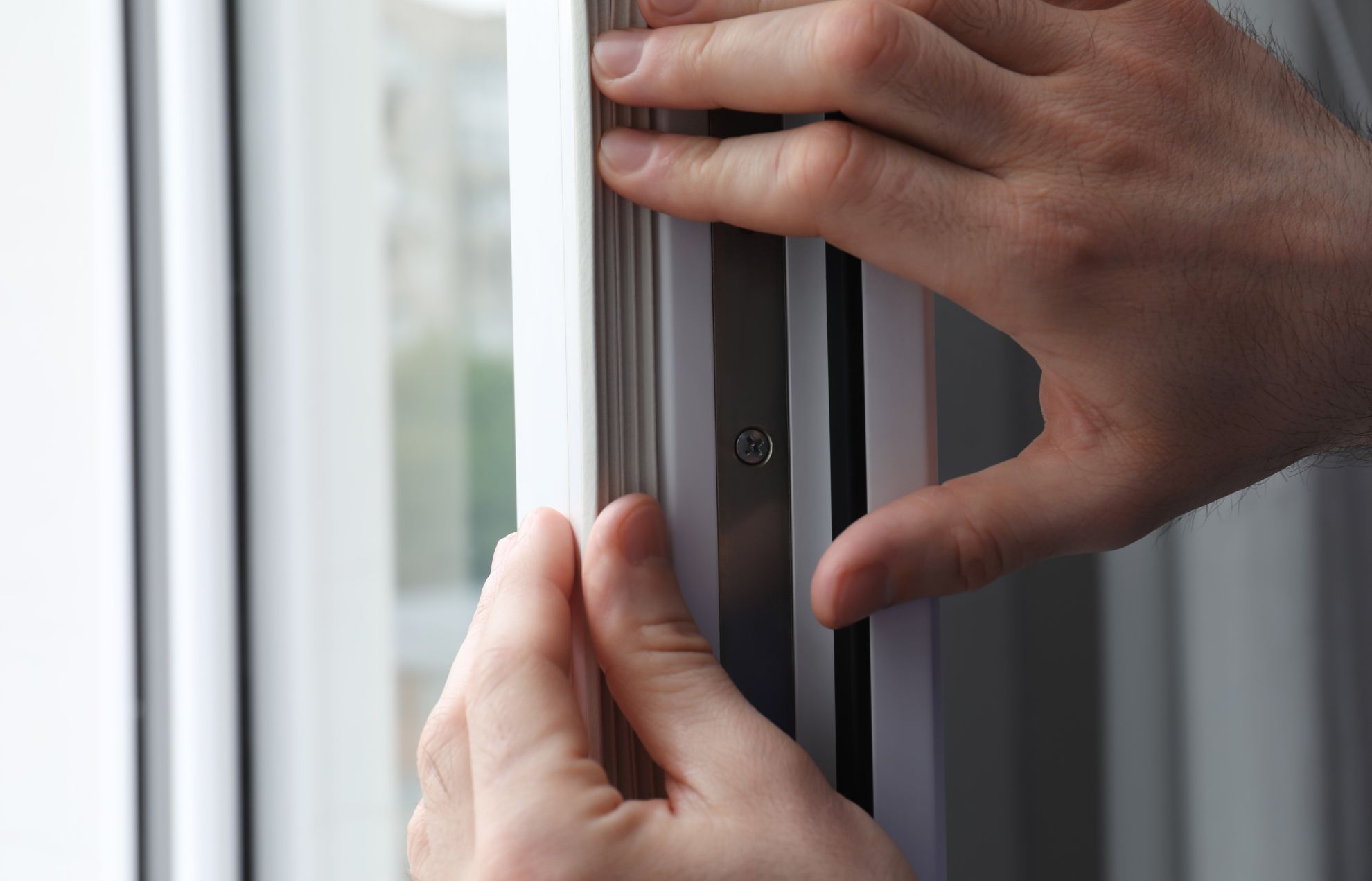
The History of Double Glazing
The invention of double glazing, insulated glazing, is a topic that continues to spark debate among experts. While it is widely accepted that modern double glazing was invented by C.D. Haven in 1930, there are legitimate claims dating back to Victorian Scotland.
The primary motivation behind the invention of double glazing was to tackle the issue of heat loss through windows. In the 1930s, people relied heavily on fires to keep their homes warm.
However, the common single panes of glass used in windows at the time were notorious for being drafty and inefficient, resulting in significant heat loss. This was particularly problematic during harsh winters, especially in parts of the US where staying warm could mean the difference between surviving until spring or not.
Related Articles:
- How Long Does Double Glazing Last?
- How Long Do uPVC Windows Last?
- Will New Double Glazed Windows Save Energy?
- How to Tell the Age of Double Glazing
What are Double Glazed WIndows?
Double glazed windows are windows that are made up of two glass panes with a small gap in between. The gap is filled with air or an insulating gas, such as argon, which helps to improve the window’s thermal performance. The two glass panes are sealed together to create airtight insulation.

These windows provide several benefits. Firstly, they are excellent at reducing heat loss from inside the building during colder months. The air or gas trapped between the glass panes acts as an insulator, preventing heat from escaping and keeping the interior warmer.
Double glazed windows are effective at reducing noise transmission from outside, making the indoor environment quieter and more peaceful. The two layers of glass, along with the insulating gap, help to block out external sounds, such as traffic or loud neighbours.
Double glazing also enhances the security of a building. The two glass panes make it more difficult for burglars to break through the window, providing an extra layer of protection.
Furthermore, double glazed windows can help to prevent condensation on the interior surface of the window. The insulating gap reduces the temperature difference between the inside and outside of the glass, minimising the formation of condensation.
In summary, double glazed windows offer improved thermal insulation, noise reduction, enhanced security, and reduced condensation. They are a popular choice for homeowners and businesses seeking energy efficiency and increased comfort.
When did Double Glazing Start to Become Popular?
In terms of its popularity, double glazing gained rapid traction in the US and became widely embraced within a few decades. In the UK, however, the widespread adoption of double glazing occurred primarily during the 1970s and 1980s. By the 1990s, homes with double glazing had increased from just 16% in the 1970s to over 60%.
During the 1960s, window companies introduced what was known as “second windows” systems. This involved adding an entire second window and frame to existing single-glazed windows. While this was a step towards improving insulation, it wasn’t until the availability of competitively priced double glazing that the transition truly took off.
The introduction of double glazing systems offered homeowners a more efficient and effective solution. By featuring two panes of glass with an insulating layer of air or gas in between, double glazing significantly reduced heat transfer and improved thermal insulation. This advancement provided numerous benefits, including enhanced comfort, reduced energy consumption, and lower utility bills.
As the benefits of double glazing became more widely known, the demand for these windows surged. Homeowners recognised the value of upgrading to double glazing, not only for its energy-saving potential but also for the increased comfort and reduced external noise levels it offered.
Today, double glazing has become the norm in many homes across the UK. It has become an essential feature that homebuyers seek, thanks to its energy efficiency and positive impact on the environment. Advancements in technology and manufacturing processes have further improved the performance and aesthetic options available with double glazing.
What Does the Future of Double Glazing Look Like?
In recent years, you may have noticed the emergence of triple glazing in the industry. Triple glazing is similar to double glazing, but it incorporates three glass panes instead of two. While the additional pane does enhance thermal efficiency, its impact is not as significant as the transition from single to double glazing.
The future of double glazing holds the potential for improved energy efficiency, smart features, active energy generation, dynamic glazing, and better integration with modern building designs. These advancements aim to create more sustainable and comfortable environments while reducing energy consumption.
Summary of When Was Double Glazing Invented?
The exact origins of double glazing are still disputed, but it is commonly attributed to C.D. Haven’s invention in 1930. However, claims dating back to Victorian Scotland also exist.
While double glazing gained popularity in the US relatively quickly, its widespread adoption in the UK occurred predominantly in the 1970s and 1980s. Today, double glazing is considered a standard feature in homes, offering improved insulation, energy efficiency, and overall comfort.
Double Glazed Windows by Phair Windows
Phair Windows are the go-to window and door company for double glazing Leicester with over 30 years of experience improving homes across Leicester city centre, Leicestershire and the East Midlands. For a free no-obligation consultation or quote from our experts, get in touch through our phone or via our online form.
Related Articles:
- Triple Glazing or Double Glazing: What’s the Difference?
- What is Insulated Glazing or IGU?
- 5 Causes & Signs of Double Glazing Failure
- What is Double Glazing? How Does it Work?
- How Effective is Double Glazing at Reducing Noise?
- How to Fix Blown Double Glazing & Clear Misted Windows
- When Was Double Glazing Invented?
- How to Tell the Age of Double Glazing
- How to Choose the Best Double Glazing Company in Leicester
- Cost of Double Glazing a 3 Bed House UK
- How Long Does Double Glazing Last?
- 10 Double Glazed Windows Benefits
- Cost of Double Glazed Sash Windows
- Will New Double Glazed Windows Save Energy?
FAQs
Modern double glazing was invented by C.D. Haven in 1930. Charles Dalziel Haven, an American inventor and engineer, developed the concept of double glazing as we know it today. His design involved using two glass panes with a sealed air gap in between to improve insulation and energy efficiency in windows.
Haven’s invention of double glazing marked a significant advancement in window technology, providing enhanced thermal insulation and reducing heat loss. This development paved the way for the widespread adoption of double glazing in buildings worldwide.
Double glazing became increasingly common in the UK during the 1970s and 1980s. During this period, there was a growing recognition of the benefits of energy efficiency and insulation in buildings. The oil crisis of the 1970s and rising energy costs also contributed to the adoption of double glazing as a way to reduce heat loss and improve thermal comfort in homes and buildings.
As awareness of the advantages of double glazing spread, more and more homeowners and businesses began to replace their single-glazed windows with double-glazed ones. Government initiatives and incentives, such as grants and tax breaks, further encouraged the installation of double glazing.
Today, double glazing has become the standard in new construction and is commonly found in both residential and commercial buildings throughout the UK. It has played a significant role in improving energy efficiency, reducing carbon emissions, and enhancing indoor comfort in British homes and buildings.












